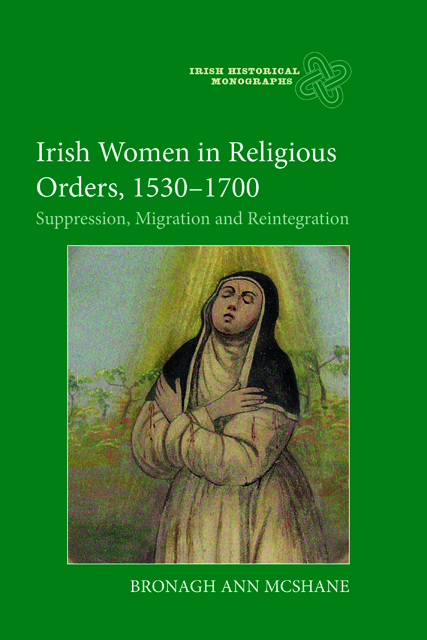7 - Restoration, revival, and survival, 1660–1700
Published online by Cambridge University Press: 17 December 2022
Summary
The much-heralded Restoration of Charles II in April 1660 sparked hopes of renewed toleration for Catholicism in Ireland and, with it, a revival of religious life. Although the king felt some obligation to his former supporters, Irish Catholic hopes that the restored monarchy would improve their position were only partially fulfilled. Individual proprietors with a personal claim on the king’s favour were restored to their estates. Overall, Catholic landholders remained in a largely diminished position, with just 20 per cent of land compared to 59 per cent in 1641. The Restoration era brought about no significant improvement in the fortunes of the Catholic Church, which remained in a largely weakened state. Thus, during the first decade of Charles II’s reign, authorities in Rome received a constant stream of petitions from Irish clerics lamenting the straitened circumstances of the Roman church and its personnel in Ireland. Although certain concessions were granted to Catholic clergy and religious by the king’s new lord lieutenant, James Butler, first duke of Ormond, the Restoration government in Ireland was largely hostile to Catholicism and its adherents. This was especially true in the case of the religious orders, who, owing to their connections with Catholic powers ‘beyond the seas’, were viewed with particular suspicion by the new regime. Sporadic spells of religious coercion throughout the 1660s militated against the regular operation of religious life on the island. As Patrick J. Corish has shown, during this era, the ministry of the Catholic Church in Ireland was ‘intermittent and extremely furtive’. The parish system was in disarray, and the diocesan structure scarcely existed.
In the case of the religious orders, the situation remained tenuous. Those that managed to regain a foothold functioned under challenging circumstances with their activities largely confined to peripheral regions on the western seaboard. Moreover, ongoing tensions between ‘pro-Ormond’ and ‘pro-Nuncio’ factions within the Irish regular orders, especially the Franciscans, further stymied progress. These tensions found renewed expression in the ‘Remonstrance’ controversy which engulfed the already flailing Catholic Church in Ireland throughout much of the 1660s. Spearheaded by the Franciscan friar, Peter Walsh, the Remonstrance was a statement or ‘loyal formulary’ asserting the loyalty of Catholics to Charles II and denying that the papacy had any temporal power in Ireland.
- Type
- Chapter
- Information
- Irish Women in Religious Orders, 1530-1700Suppression, Migration and Reintegration, pp. 225 - 246Publisher: Boydell & BrewerPrint publication year: 2022

